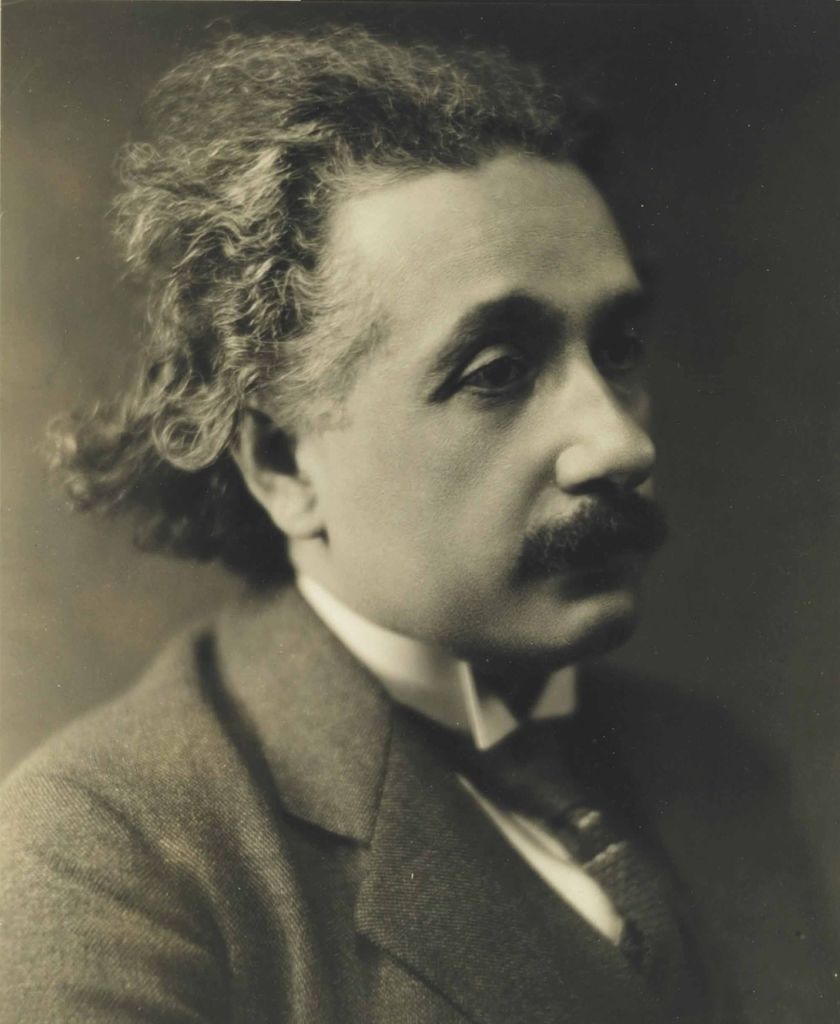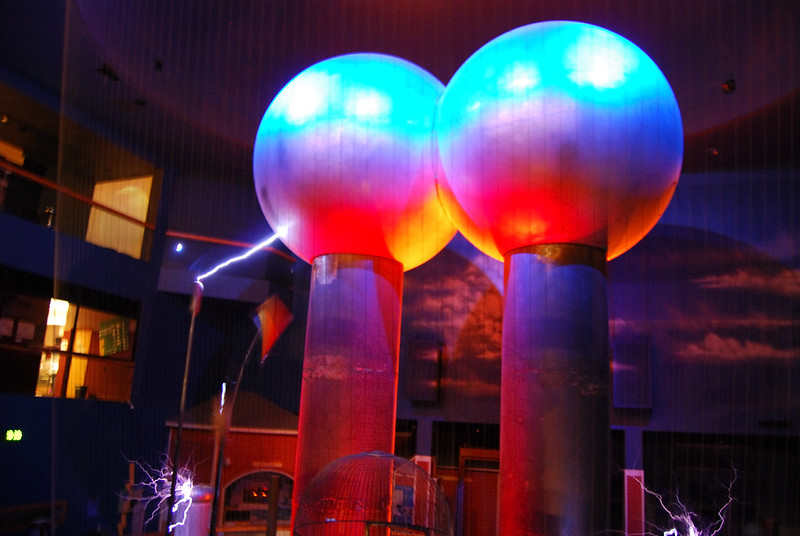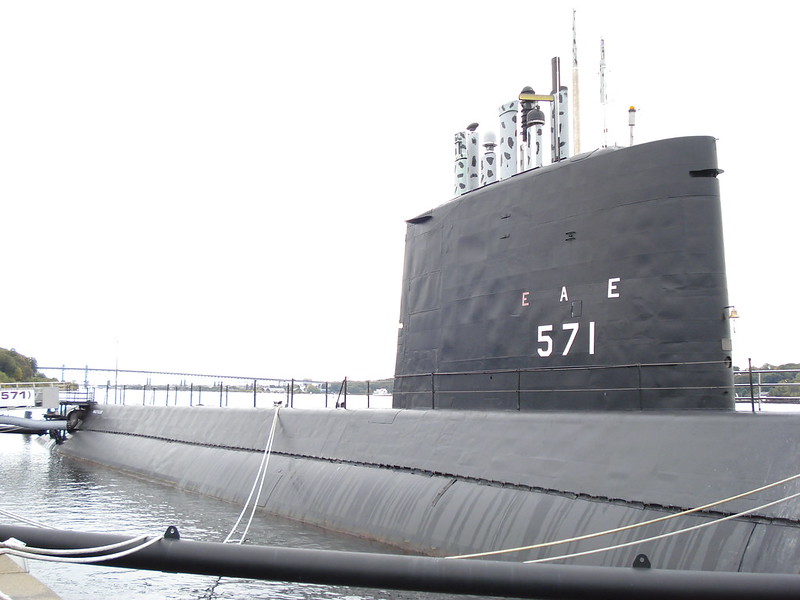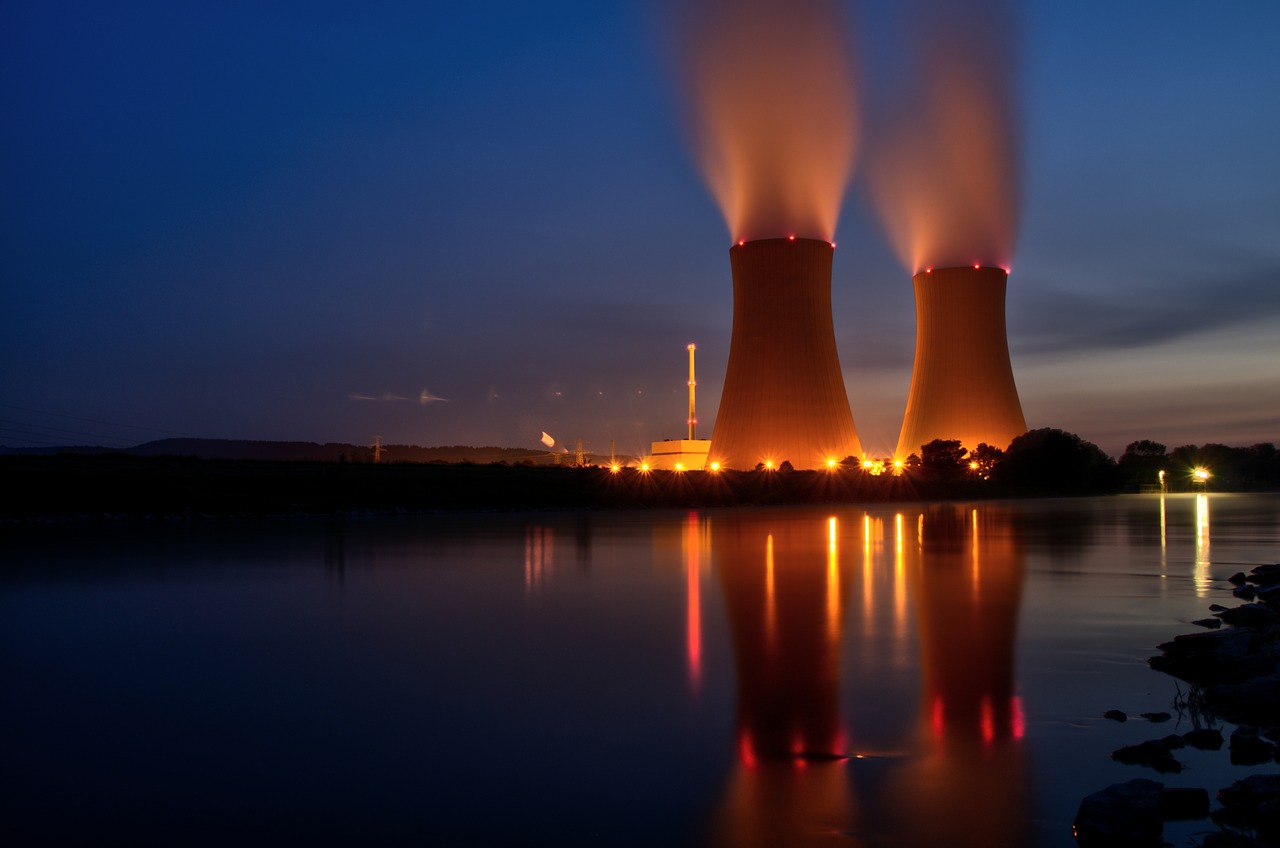Though nuclear power as we know it is a 20th century invention, the theory behind it is thousands of years old. For instance, did you know that the concept of the atom dates to the ancient Greek philosopher Democritus?
I thought it would be interesting to identify some of the early, seminal events that contributed to the development of nuclear power. Here is what I found.
1. Democritus becomes one of the world’s first atomic theorists (5th century BC)
Democritus, a Greek philosopher, is thought to be the first person to propose the concept of the atom. He knew that if you split a stone, each piece features the same properties as the whole. Democritus theorized that if he divided that stone into smaller and smaller pieces, at some point, he would be left with a piece so small he could not divide it. Democritus named these units of matter “atomos,” which means “indivisible” in Greek.
He believed that atoms are specific to the materials they are composed of, that they come in different shapes and sizes, and that they exist in a void, within which they are in constant motion, colliding with each other. Democritus theorized that through these collisions, atoms could rebound from each other, or stick together, resulting in changes of matter. Aristotle rejected his theories, but today many scientists regard Democritus as the proto founder of atomic theory.
2. Einstein introduces his theory of relativity (1905)

It took another 2,000 years for theorists to revisit the subject of atoms. Albert Einstein’s most celebrated discovery, the mathematical formula E=mc2, was one of the more important developments in modern times.
Einstein’s theory of relativity centers around the principle that the laws of nature are the same for all. He submitted that the speed of light is constant, no matter what its source.
His E=mc2 theory (energy equals mass multiplied by the speed of light squared) demonstrates the possibility of transforming mass into energy. In 1921, Einstein won the Nobel Prize in Physics for his work.
3. James Chadwick discovers the neutron (1932)
By the early 1900s, physicists understood that the majority of an atom’s mass is located at its center, within the nucleus. They also knew that the nucleus contains protons, but it was not until James Chadwick announced his findings in 1932 that the world learned of the existence of neutrons.
4. Ernest Walton and John Cockcroft split the atom (1932)
Walton and Cockcroft accomplished this at Cavendish Laboratory in Cambridge, UK, the same scientific learning institution where, just weeks earlier, James Chadwick discovered the neutron.
To split the atom, Walton and Cockcroft built a high-voltage accelerator. Their use of quantum mechanical tunneling marked the beginnings of a new field of science: subatomic research. In 1951, they were awarded the Nobel Prize for their discovery.
5. Construction of the Van de Graaff generator (1937)
The Westinghouse Corporation financed this 5-million-volt generator, naming it after its inventor, a physicist named Robert Van de Graaff.

The Van de Graaff generator was the first of its kind: it gathered and stored electrostatic charges, releasing them in a single spark accelerated by a magnetic field. The result is an accumulated charge, as powerful of a bolt of lightning, that can be used as a particle accelerator.
6. Fritz Strassmann, Lise Meitner, and Otto Hahn confirm uranium atoms could be split (1939)
Scientists call the process of splitting uranium atoms “nuclear fission.” During this reaction, the mass of some atoms is transformed into energy, proving Einstein’s theory of relativity.
Strassmann, Meitner, and Hahn showed that not only does fission release huge amounts of energy in itself, but it releases neutrons that could trigger fission in other uranium atoms, starting a self-sustaining chain reaction that results in a much bigger release of energy. All nuclear power plants today rely on nuclear fission.
7. Enrico Fermi creates the first nuclear reactor (1942)
Working as part of the Manhattan Project during World War II, which led to the creation of the atom bomb, Enrico Fermi’s experiment on a University of Chicago squash court marked the start of the Atomic Age.
On December 2, 1942, Fermi and his team achieved a self-sustaining nuclear chain reaction for the first time, using a crudely built, low-powered nuclear reactor—the world’s first.
8. US Congress passes the Atomic Energy Act (1954)
The Atomic Energy Act of 1954 is a federal law legislating for the regulation, development, and disposal of nuclear materials in the United States.
It amended the Atomic Energy Act of 1946, essentially refining certain aspects and facilitating the creation of the civil nuclear industry. The act made it possible for private companies to access technical information on fissile materials and the creation of nuclear energy that had previously been considered “Restricted Data.” It also allowed for sharing of nuclear information with foreign nations as part of President Eisenhower’s “Atoms for Peace” program.
9. The USS Nautilus becomes the first nuclear-powered submarine (1955)

In 1955, the USS Nautilus SSN 571 began sea trials. Equipped with a pressurized-water nuclear reactor, the submarine was created by 300 technicians and engineers working under Admiral Hyman Rickover’s direction. Of the 503 submarines in existence today worldwide, 141 are powered by nuclear energy.
10. The Shippingport Atomic Power Station opens in the United States (1958)
Considered the first full-scale atomic electric power plant in the world, Shippingport was built in Beaver County, Pennsylvania. It could generate 60 MW and was in operation until 1982.
Nuclear power today
Today, the nuclear industry has come a long way from its humble beginnings. There are around 450 nuclear power reactors in 31 countries around the world, providing about 10% of the world’s total electricity. Nuclear power’s reliability is second to none; its capacity factor is 92%, meaning that nuclear plants are producing maximum power 92% of the time. This means nuclear is about two to three times more reliable than wind and solar—and nuclear plants also generate no carbon emissions. For these reasons, nuclear power is increasingly seen as a tool to help countries decarbonize their economies while still providing enough baseload power. Here’s to the future of this incredibly important industry.
